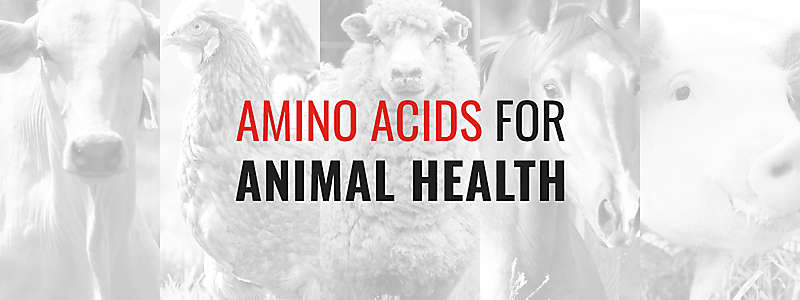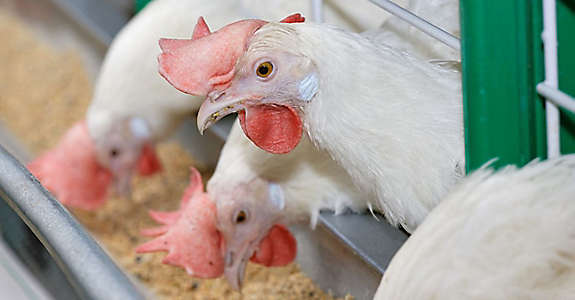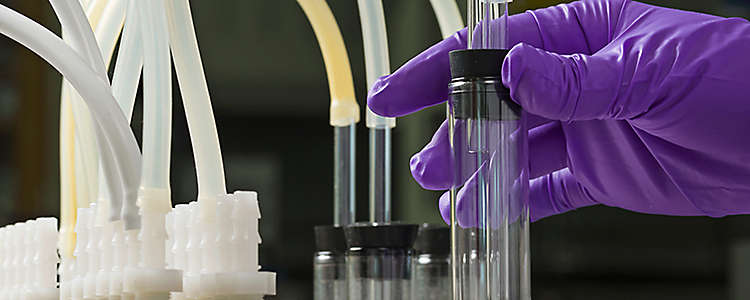The health of an animal largely depends on the composition of the intestinal microflora. Its composition and function can be beneficially influenced by many factors:
Shift in Microbial Communities1
Infectious Causes
- Bacteria (Salmonella spp., E. coli and Clostridia spp.)
- Viruses (Reo virus , Rota virus , Entero virus , corona virus , parvo virus and Newcastle disease)
- Parasites (Coccidian parasites)
NonInfectious Causes
- Genotype, gender, age, antimicrobial use, space allowance, litter management, stress, feed withdrawal, feed composition, and feed additives
Major diseases that cause change in Intestinal Microbial Communities
- Coccidiosis
- Necrotic Enteritis
- Dysbacteriosis
Effect of AGP Alternatives on Intestinal Microbiota
Probiotics
Probiotics maintain "normal" intestinal microflora by competitive exclusion and antagonism of pathogens by producing antibacterial substances.5 Kemin's CLOSTATTM targets Clostidium perfringens and helps improve the commensals' population.
Prebiotics
Prebiotics may alter the gastrointestinal microflora by inhibiting the growth of pathogenic species and/or encouraging the growth of beneficial species.3 Fructo Oligo Saccharides reduced the ability of Salmonella typhimurium to proliferate in GI tract of chickens.5
Essential Oils (EOs)2
EOs are slightly more active against Gram-positive than Gram-negative bacteria. The two structurally similar major components of oregano EO, carvacrol and thymol, were found to give an additive effect. Carvacrol and thymol are able to disintegrate the outer membrane of Gram-negative bacteria and depolarize the cytoplasmic membrane.
Organic Acids
The organic acids induce a more balanced intestinal flora by reducing the proliferation of some pathogenic bacteria. Feeding organic acids reduces the shredding of foodborne pathogens-Salmonella and Campylobacter. Uncoated acids act mainly in the feed and in the upper part of the digestive system (crop). Coated products have better bactericidal effect in small intestine.4
Epithelial Support and Energy Source
Butyric Acid serves as a source of energy for epithelial cells and is also involved in other mechanisms like cell differentiation and gene expression. Butyric acid is both bactericidal and a stimulant of villi growth. The efficacy of butyric acid will be improved if it is protected from the immediate absorption in the upper tract by administering coated products.6
Kemin's AGP Replacement Program
Kemin's AGP replacement program focuses on the entire GI tract, immune system and environment.
References:
- T. ROBERTS., New issues and science in broiler chicken intestinal health: intestinal microbial composition, shifts, and impacts. World's Poultry Science Journal, Vol. 71, June 2015
- Brenes., Essential oils in poultry nutrition: Main effects and modes of action. Animal Feed Science and Technology 158 (2010) 1-14
- J.P. Dahiya., Potential strategies for controlling necrotic enteritis in broiler chickens in post-antibiotic era. Animal Feed Science and Technology 129 (2006) 60-88
- G. Lorenzoni Poultry Diseases Influenced by Gastrointestinal Health - Traditional Treatments and Innovative Solutions
- Bailey JS. Effect of fructooligosaccharide on Salmonella colonization of the chicken intestine. Poultry Science 1991 Dec;70(12)2433-B
- http://www.wpsa.com/index.php/wpsa-proceedings/2013/19th-european-symposium-on-poultry-nutrition



